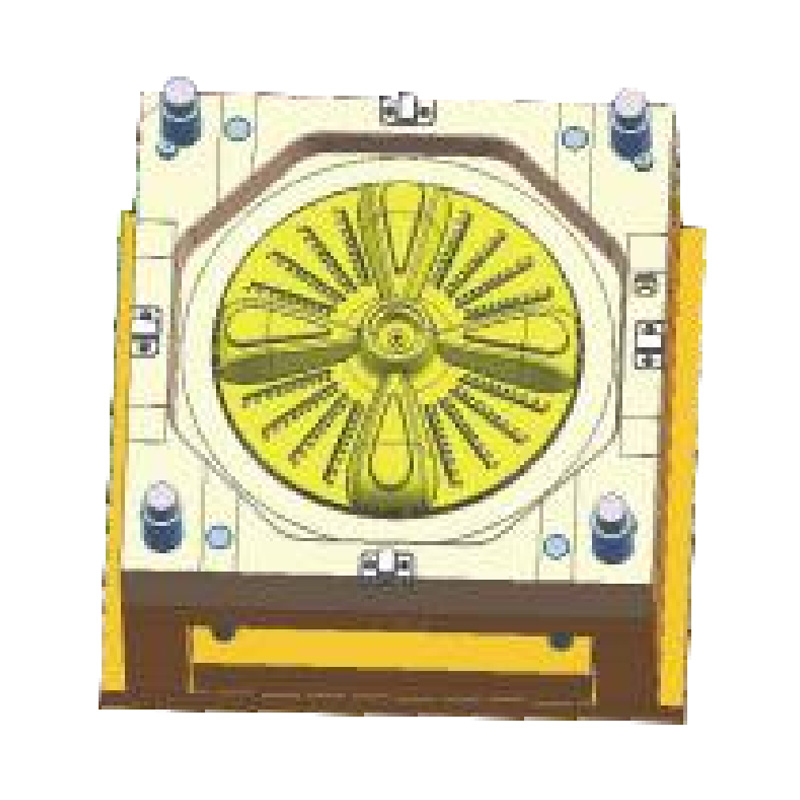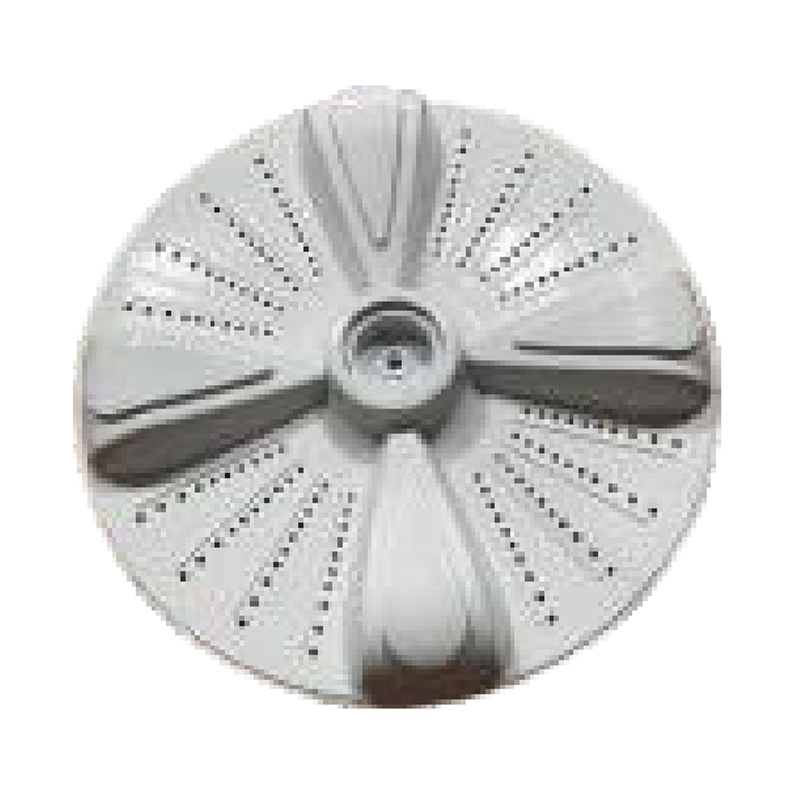Household Washing Machine Parts Injection Mold
The injection mold for household washing machine parts is an important...

Modern washing machines are not only expected to clean efficiently but also to maintain long-term durability and stability under constant use. One of the most critical, yet often overlooked, components contributing to this reliability is the mold used in manufacturing. In particular, washing machine rubber mould, washing machine seal mold, and washing machine rim mould play pivotal roles in ensuring that machines function flawlessly for years. This article explores multiple angles on their significance and impact.

a. Precision in Rim Construction
The washing machine rim mould defines the structural boundary of the drum and door assembly. Precision engineering in rim moulds ensures that all connections are tight, reducing vibration and mechanical stress during operation.
b. Role of Rubber Components
Using a high-quality washing machine rubber mould ensures flexible yet durable components, which absorb shocks and minimize wear on the drum. Similarly, the washing machine seal mold creates airtight seals that prevent leaks and maintain consistent water pressure.
c. Enhanced Durability
Properly engineered rim moulds reduce the risk of deformation, allowing the washing machine to withstand frequent and heavy loads without compromising performance.
a. Importance of Sealing
The washing machine seal mold is critical in preventing water from escaping the drum. Any compromise in seal integrity can lead to leaks, corrosion, and eventual machine failure.
b. Material Selection
Rubber from a washing machine rubber mould must resist high temperatures, detergents, and repeated stretching. The washing machine rim mould must align precisely with the seal mold to ensure consistent contact.
c. Testing and Validation
Manufacturers often conduct water-tightness tests to verify that the washing machine seal mold performs under various conditions, ensuring that both durability and user safety are maintained.
a. Vibration Dampening
A well-crafted washing machine rubber mould acts as a buffer between moving parts, absorbing vibrations generated during high-speed spins.
b. Rim Stability
The washing machine rim mould provides a rigid frame to which the drum and seals attach, maintaining balance and minimizing shaking.
c. Sound Reduction
By combining precision rim moulds with high-quality seals and rubber components, manufacturers significantly reduce noise, enhancing user experience.
a. Precision in Production
Producing a washing machine rim mould requires CNC machining and high-tolerance design to ensure uniformity across units.
b. Integration of Rubber and Seal Molds
The washing machine rubber mould and washing machine seal mold must integrate seamlessly with the rim mould. Proper alignment prevents defects, leaks, and premature wear.
c. Quality Control
Manufacturers employ inspection protocols for all three components to verify dimensions, elasticity, and sealing capability before assembly.
| Component | Key Feature | Testing Focus |
| Washing Machine Rim Mould | Structural rigidity | Tolerance, vibration resistance |
| Washing Machine Seal Mold | Leak prevention | Water-tightness, chemical resistance |
| Washing Machine Rubber Mould | Shock absorption | Shock absorption Flexibility, wear resistance |

a. Extending Machine Life
High-quality washing machine rim moulds combined with durable rubber and seal molds extend the operational lifespan of the appliance.
b. Reduced Maintenance Costs
Durable seals and rubber components decrease the frequency of part replacement, leading to lower long-term maintenance costs for consumers.
c. Consistent Performance
Properly manufactured rim and seal molds ensure consistent washing performance across the life of the machine, even under heavy usage.
a. Material Advances
Manufacturers increasingly use advanced polymers and elastomers in washing machine rubber mould and washing machine seal mold production, enhancing resistance to wear and environmental stress.
b. Rim Mould Design Optimization
The washing machine rim mould can be customized for different machine models, load capacities, and drum sizes, ensuring each design meets specific stability and durability requirements.
c. Automated Testing Integration
Modern production lines incorporate automated quality testing for the rim, seal, and rubber components, ensuring every washing machine meets high standards before leaving the factory.
The washing machine rim mould, together with the washing machine rubber mould and washing machine seal mold, forms the backbone of appliance durability and stability. From preventing leaks and vibrations to enhancing longevity and reducing maintenance costs, precision in these molds directly impacts consumer satisfaction and machine performance. As technology advances, continued innovation in materials, design, and quality testing will further elevate the reliability of washing machines worldwide.